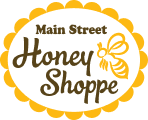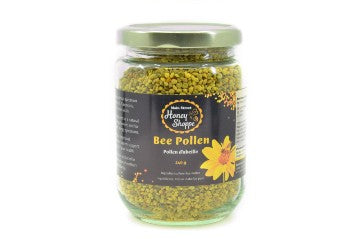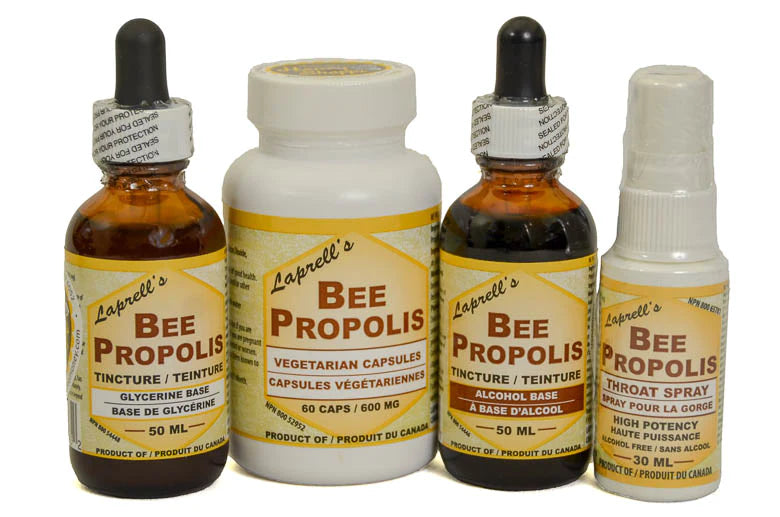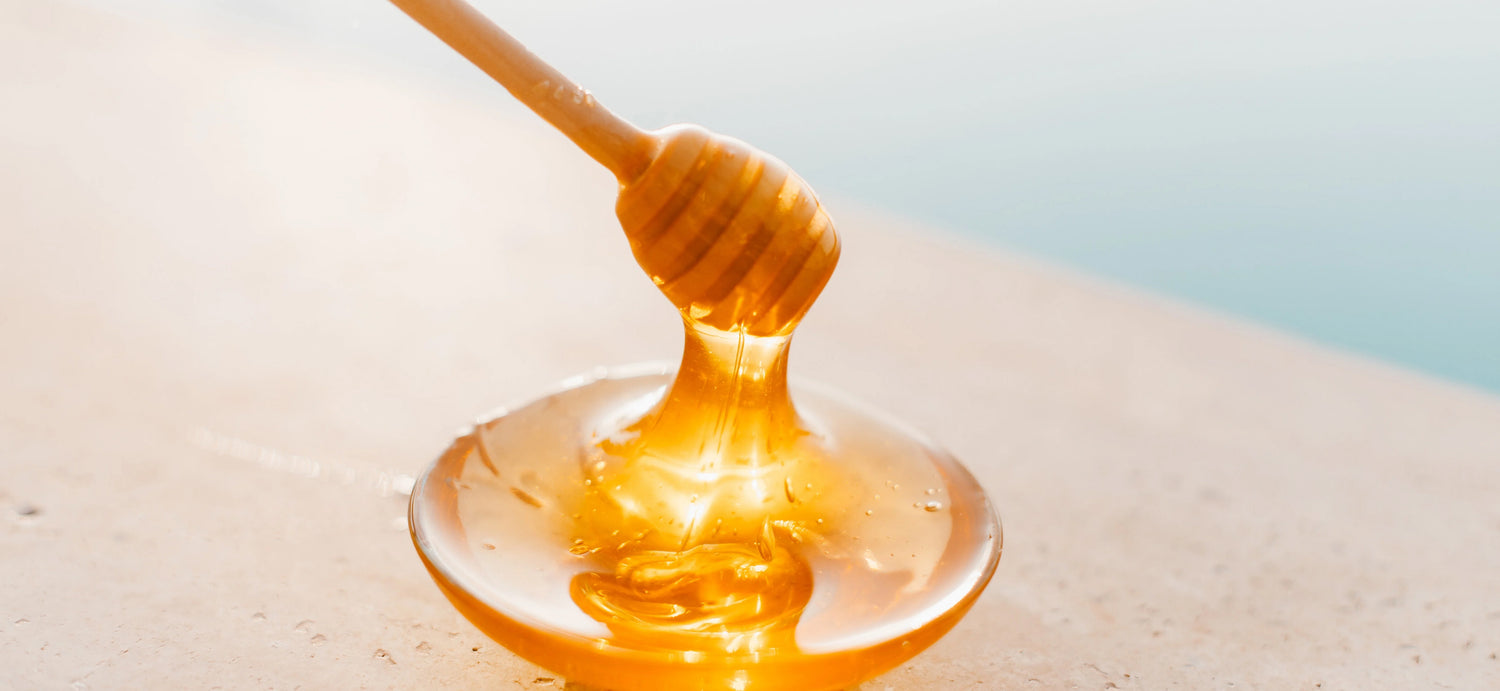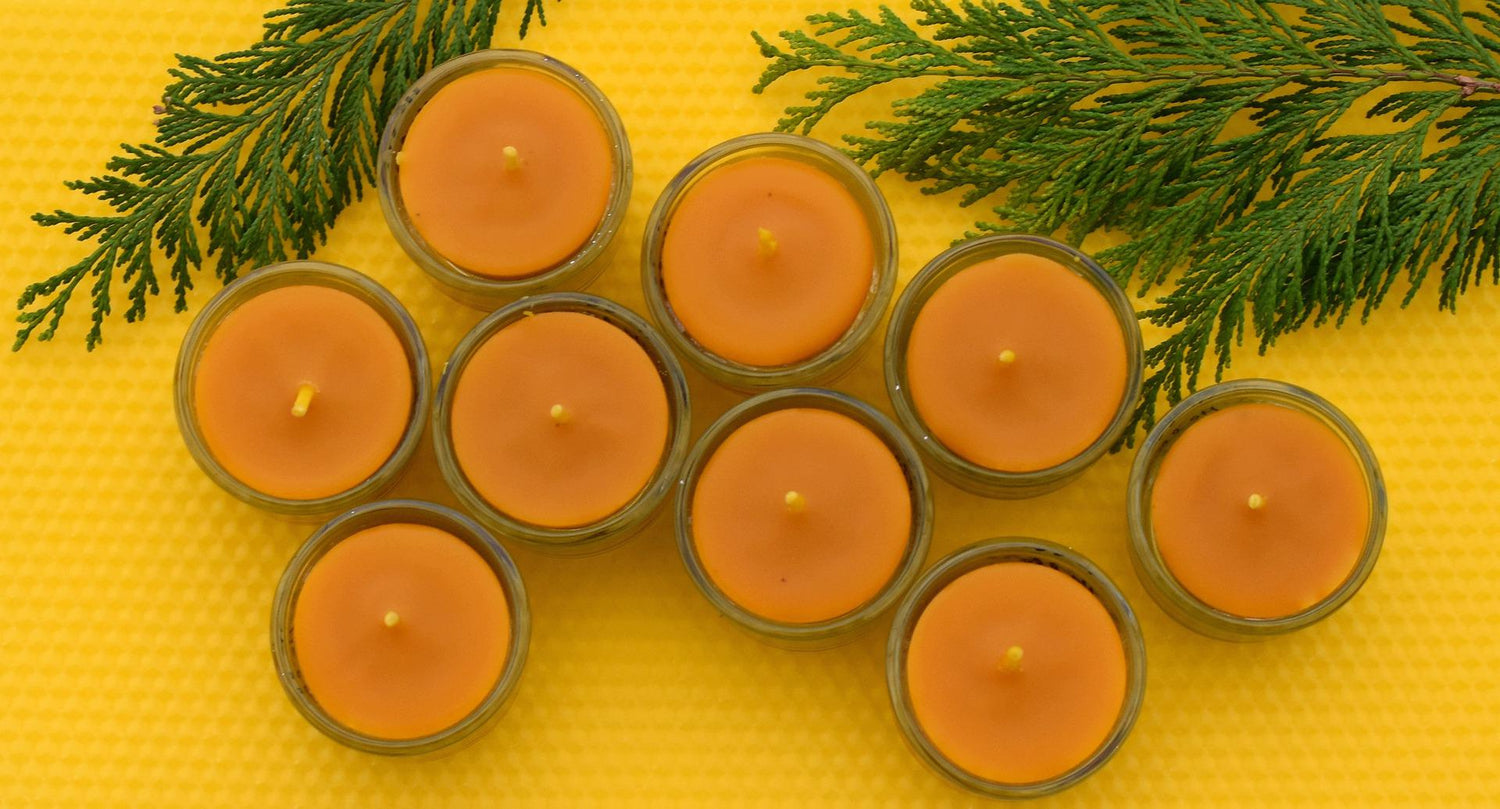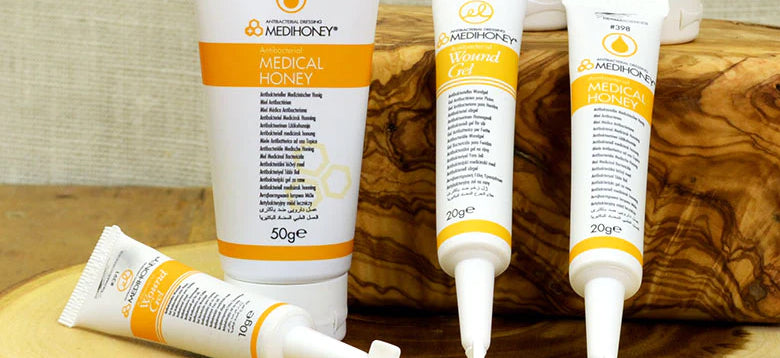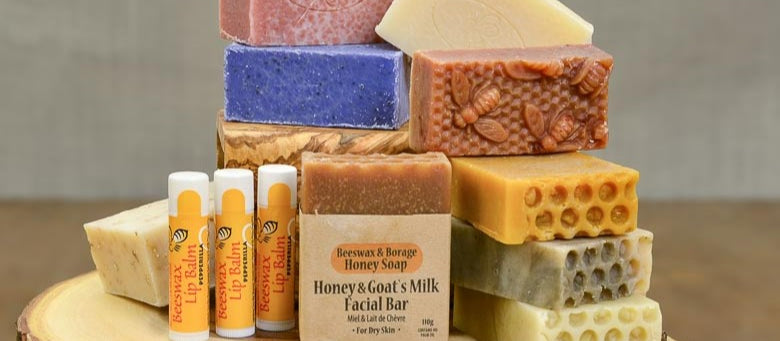-
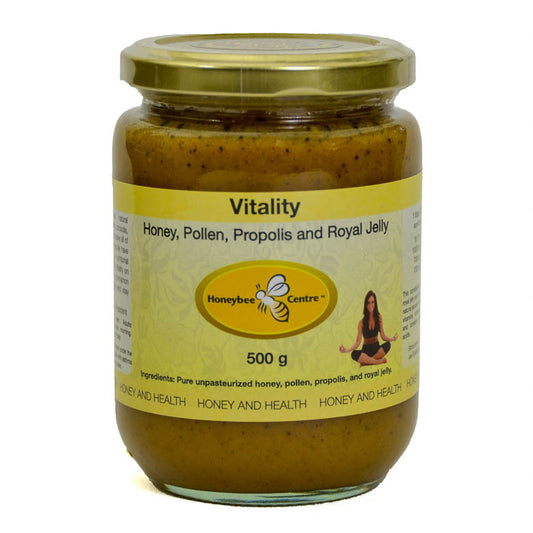
Vitality - Honey Infused with Bee Pollen, Propolis, and Royal Jelly
Regular price $29.99 CADRegular priceUnit price per -
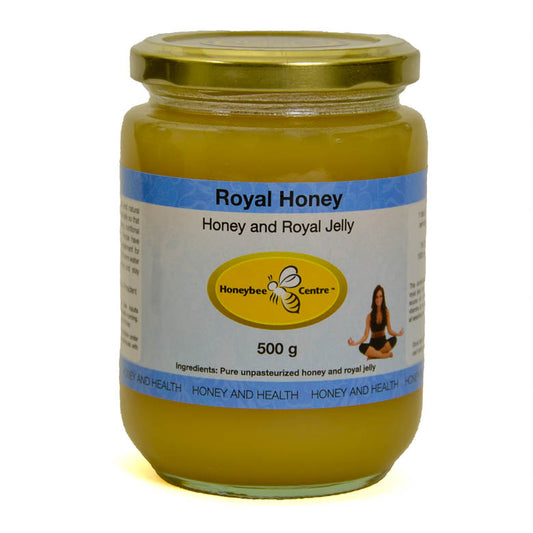
Royal Honey - Honey Infused with Royal Jelly
Regular price $26.99 CADRegular priceUnit price per -
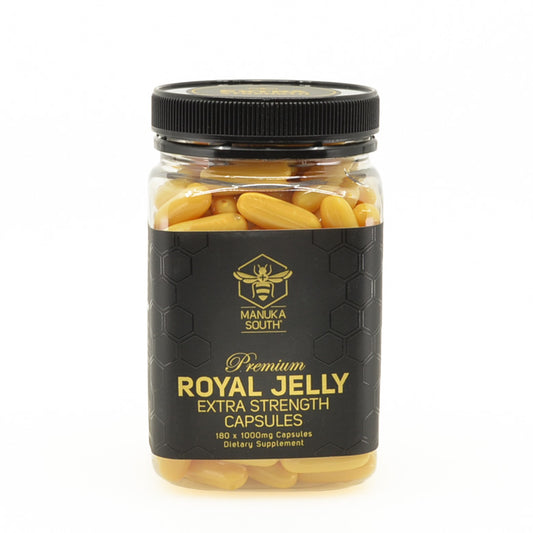
Royal Jelly Capsules - Extra Strength
Regular price $99.99 CADRegular priceUnit price per
What is Royal Jelly
Royal Jelly is “the food” of honeybee queens, from developing worker larvae into fully fertile queen bees it remains the diet of the Queen bee her entire life.
Royal Jelly is a product produced by young “nurse” worker bees, from ingested pollen and nectar, and secreted from glands in their head – a sort of honeybee milk.
Royal Jelly is truly transformative, in that a honeybee queen is “made”, not born. A larvae from a fertilized egg fed “worker jelly” (similar to royal jelly) for 3 days will develop into an infertile “worker” bee that normally lives about 45 days. If the colony wishes to raise a new queen, the same type of larvae is fed a diet of royal jelly and will develop into a fully fertile queen that can live up to 5 to 7 years and lay up to 2500 eggs per day!
Fresh royal jelly is roughly 66% water, 15% carbohydrates, 13% protein, 5% fats, and 1% trace elements. It contains a complete spectrum of amino acids and the fat fraction contains a mixture of fatty acids of which HDA (10-hydroxy-2-decenoic) unsaturated fatty acid is of particular note and is often used as a quality indicator.
Royal Jelly is a balanced nutritious food but is typically consumed in very small quantities of the order of 1 gram per day thus not making it a significant source of the recommended daily amounts of proteins, carbohydrates and fats. However, it’s the highly active trace compounds that account for its health benefits.
Uses of Royal Jelly
Skin Care – For centuries, royal jelly has been applied to the skin to soften it, remove wrinkles, and heal eczema and dermatitis.
Health Enhancing Food Supplement – Royal Jelly is widely used in natural medicine, particularly in Asia, Eastern Europe, and Russia. It is best known uses are for hormone balancing, mood regulation (bringing a sense of well-being), immune system support, anti-aging and mental clarity properties, improved cardiovascular effects, fertility, sexual desire, sporting performance and endurance.
Medicinal Treatments – Royal Jelly has been used extensively for treatment of a variety of disease conditions, mainly in Asia and Eastern Europe. Although there is significant clinical use and research from these regions, there is very little quality clinical research available in the west.
Forms of Royal Jelly
The freshness of Royal Jelly is of great importance and it must be stored properly to ensure its quality. Once collected, royal jelly must be stored at less than 5 C to retain its beneficial properties. To extend its shelf life to up to 3 years, it may be frozen, freeze dried, or mixed with honey for internal consumption.
-
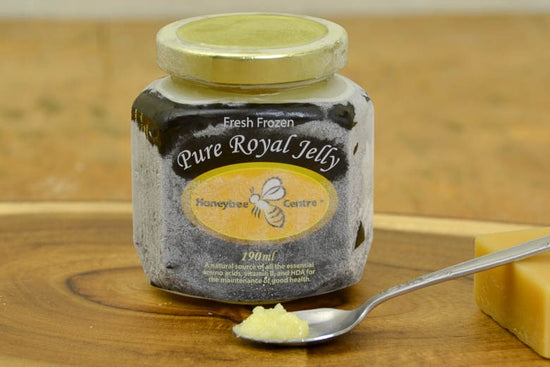
Fresh Frozen Royal Jelly
Fresh royal jelly is collected, then frozen. Keeping fresh royal jelly frozen greatly increases the shelf life of the product.
-
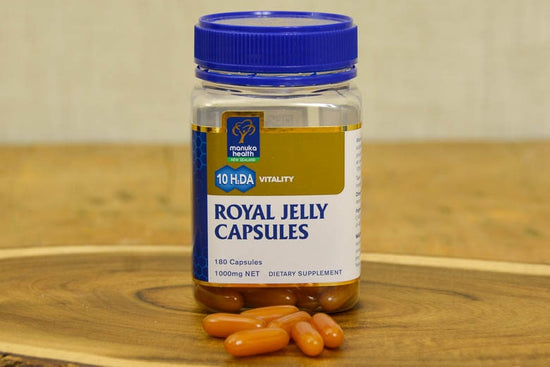
Royal Jelly Capsules
Fresh royal jelly can be freeze-dried to retain most of its beneficial properties and stored at room temperature. Royal Jelly capsules are a popular way to consume royal jelly when you are travelling or on the go.
-
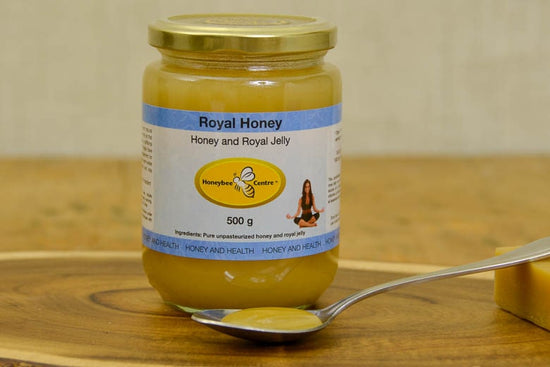
Royal Jelly Infused Honey
Royal Jelly infused in low moisture content honey can be stored at room temperature for an extended period of time as the honey acts as a preservative for the royal jelly. It also tastes better than pure royal jelly!
-
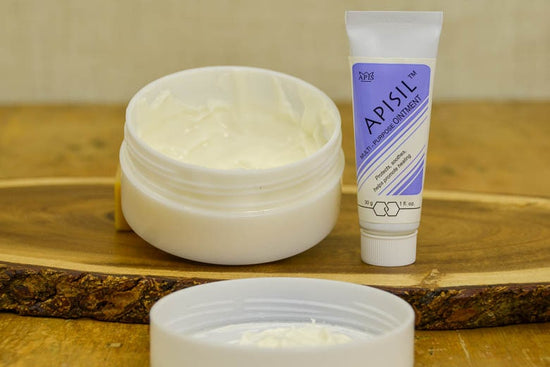
Royal Jelly Creams & Ointments
Royal Jelly is used as an active component of many healing ointments and skin care products.
Composition of Royal Jelly
Royal Jelly contains a number of important constituents including:
- Numerous steroids and hormones
- Collagen, the major protein in human connective tissue, found in skin, hair, nails, bone, cartilage, tendons, ligaments, and the walls of veins and arteries
- Enzymes, including those with antioxidant functions
- Immune complexes that may confer benefits similar to immune complexes found in human plasma
- Methylparaben, a powerful antioxidant
- The nucleic acids DNA and RNA – the basic genetic building blocks of all organisms
Royal Jelly is normally standardized by its content of the short-chain fatty acid, 10-hydroxy-2-decenoic acid (HDA).
Health Benefits
The main significance of royal jelly lies in its health-promoting properties attributed to the various bioactive compounds in Royal Jelly.
Antibacterial, Antiviral and Fungicidal Effects – Many studies have shown antimicrobial effects, with much of the antibacterial activity attributed to HDA and various proteins and peptides.
Bio-stimulating and Anti-aging Activity – The role of royal jelly in the bee colony is to stimulate growth of larvae and to provide the nutrients and immune support to extend the longevity from a few weeks for a worker bee to 5+ years for the queen bee. There is little modern (western) clinical studies to support this, however, there are a number of animal studies that support this. Recent research has shown that royal jelly contains the enzyme telomerase, which regenerates telomeres, the end cap protector for DNA molecules. Longer telomeres are associated with longer lifespan in humans.
Immuno-modulating Effects – Royal Jelly has been shown to support the immune system through stimulating neural stem cell production and increasing the production of all types of new blood cells. Stimulating white blood cell production directly helps the body’s immune response against a number of problems including viruses and cancer cells.
Cardiovascular Effects – A variety of human studies have shown that royal jelly can help lower levels of cholesterol and triglycerides. Animal studies have shown royal jelly safely lowered blood pressure and anecdotal evidence indicates the same effects in humans.
Skin Protection – Royal jelly is often used as an ingredient in cosmetics and healing ointments for burns and other wounds. Collagen is the major protein in our skin. Royal Jelly contains water soluble collagen, antioxidant vitamins A, C & E, and various carotenoids that can be absorbed by the skin. They are synergistic with collagen, acting to protect skin proteins from damage caused by exposure to sun and chemicals. People with higher levels of skin antioxidants have smoother, moister skin with fewer wrinkles and a reduced risk of skin cancer.
Physical Performance and Fitness – Studies from Eastern Europe and Russia have shown positive performance endurance effects of using royal jelly in high performance sports.
What Our Customers Say
-
Mya A
Vancouver BCThis shop has such a good feeling to it. They have variety of honeys and honey based products. I mainly go there for Royal Jelly since I heard all about its benefits. But while I was there I got few honey sticks from them and tried few of the kind they carry in the store and o myy they were all super delicious. Their orange blossom honey is my favorite. You can tell this is premium, quality honey. Highly recommend this shop! Their staff is also very friendly so check them out!
